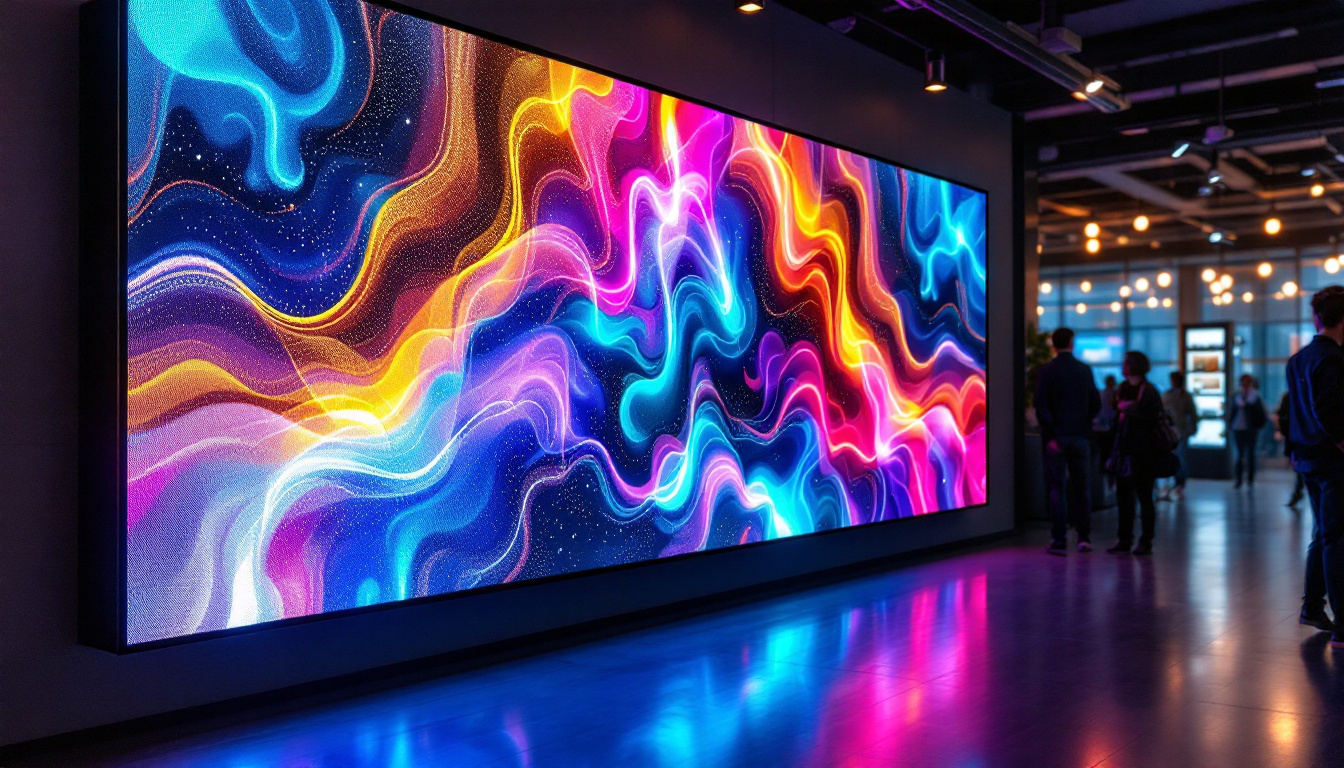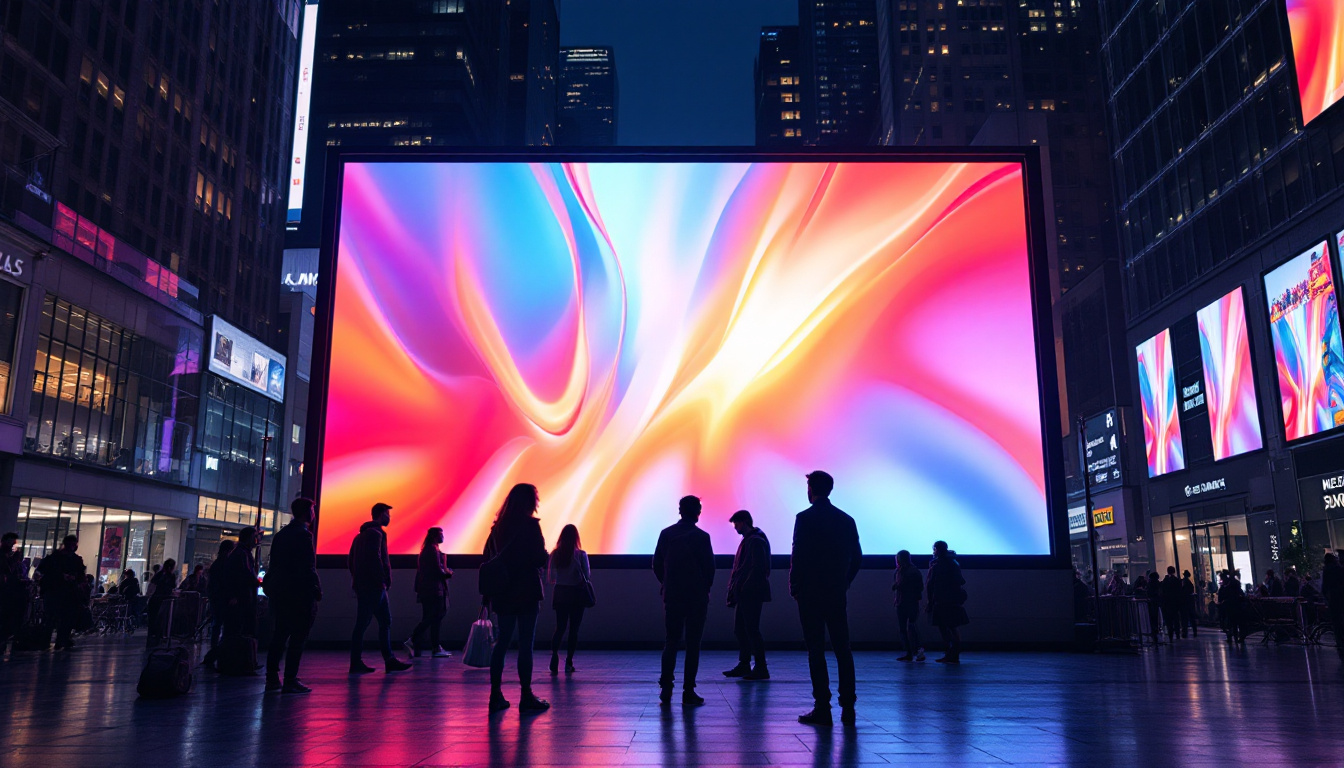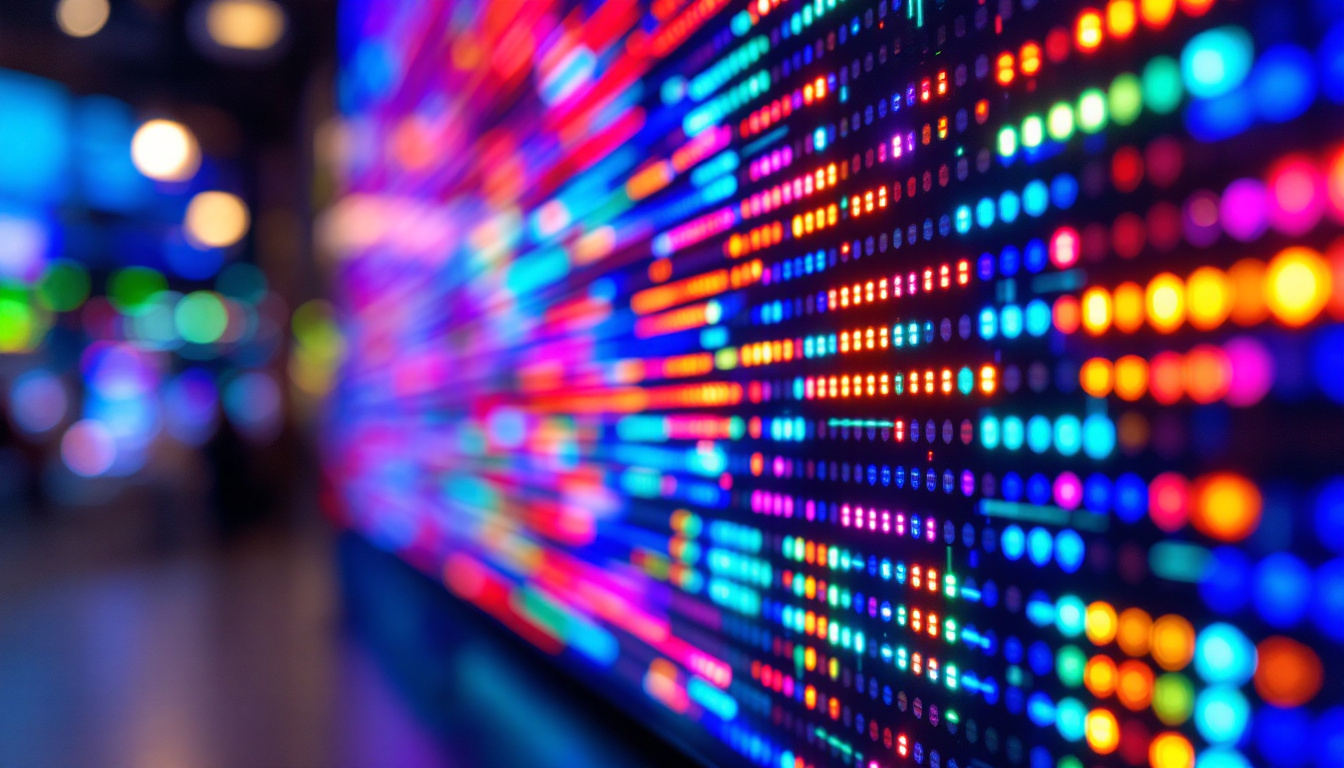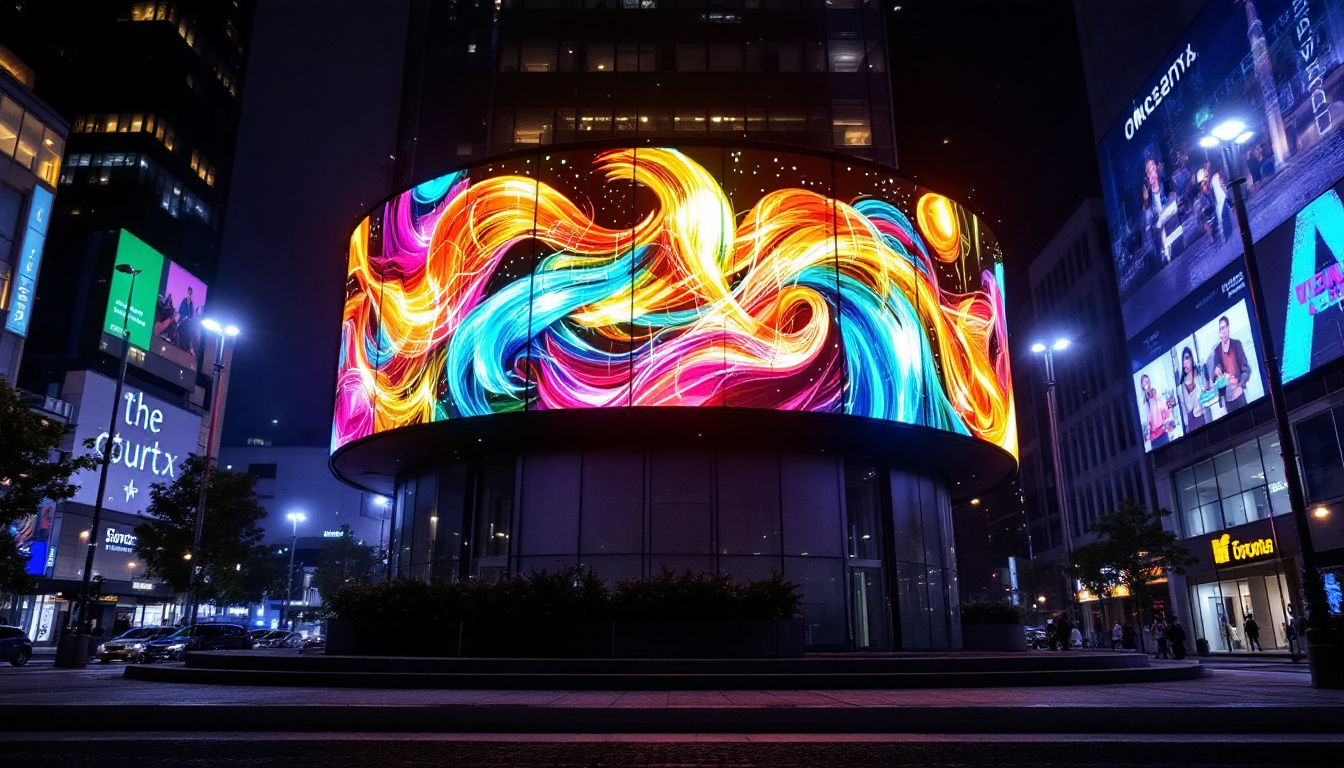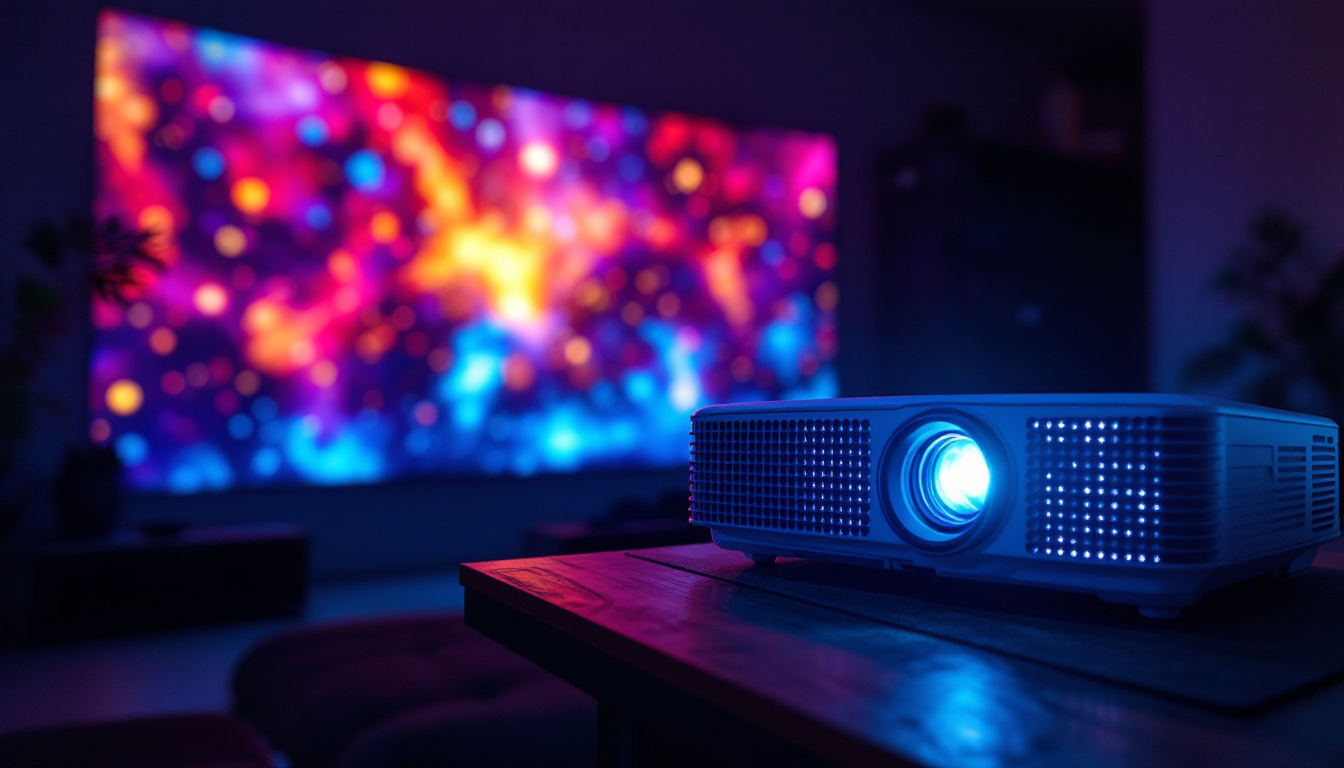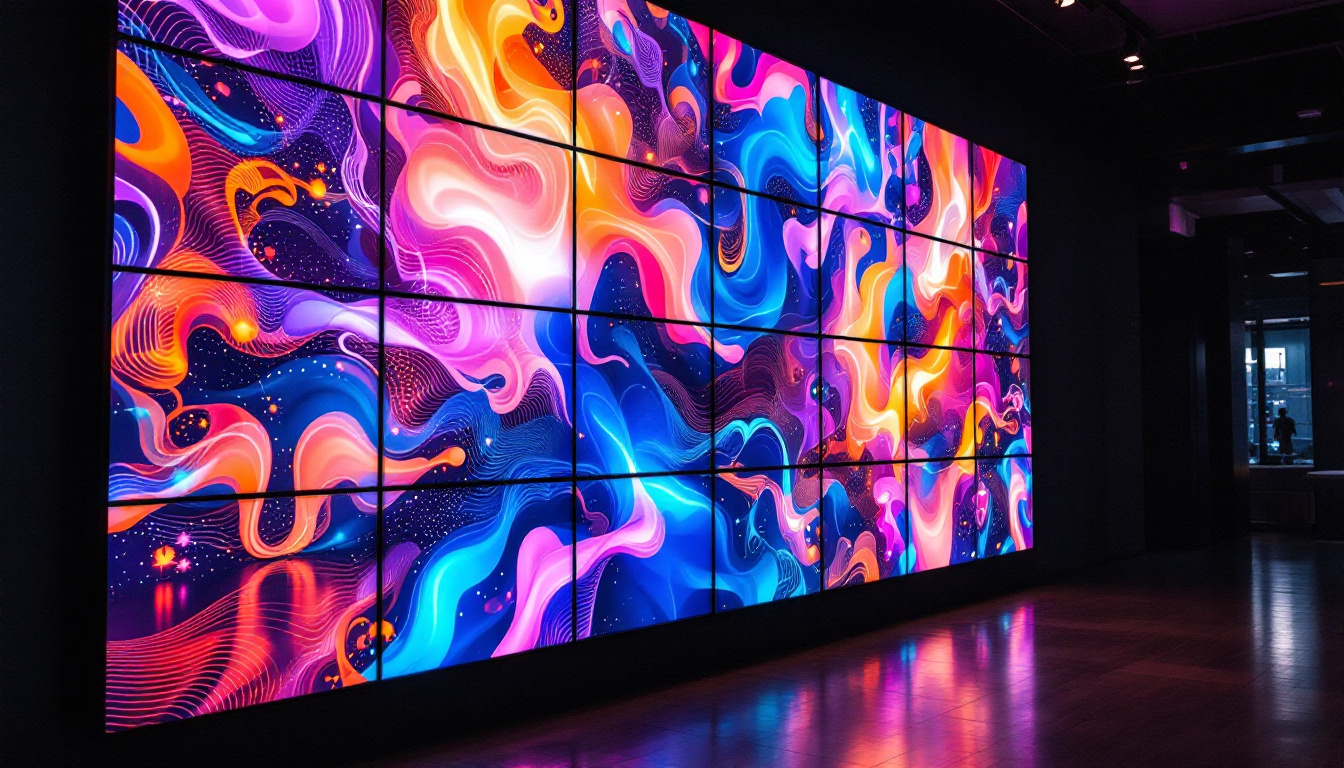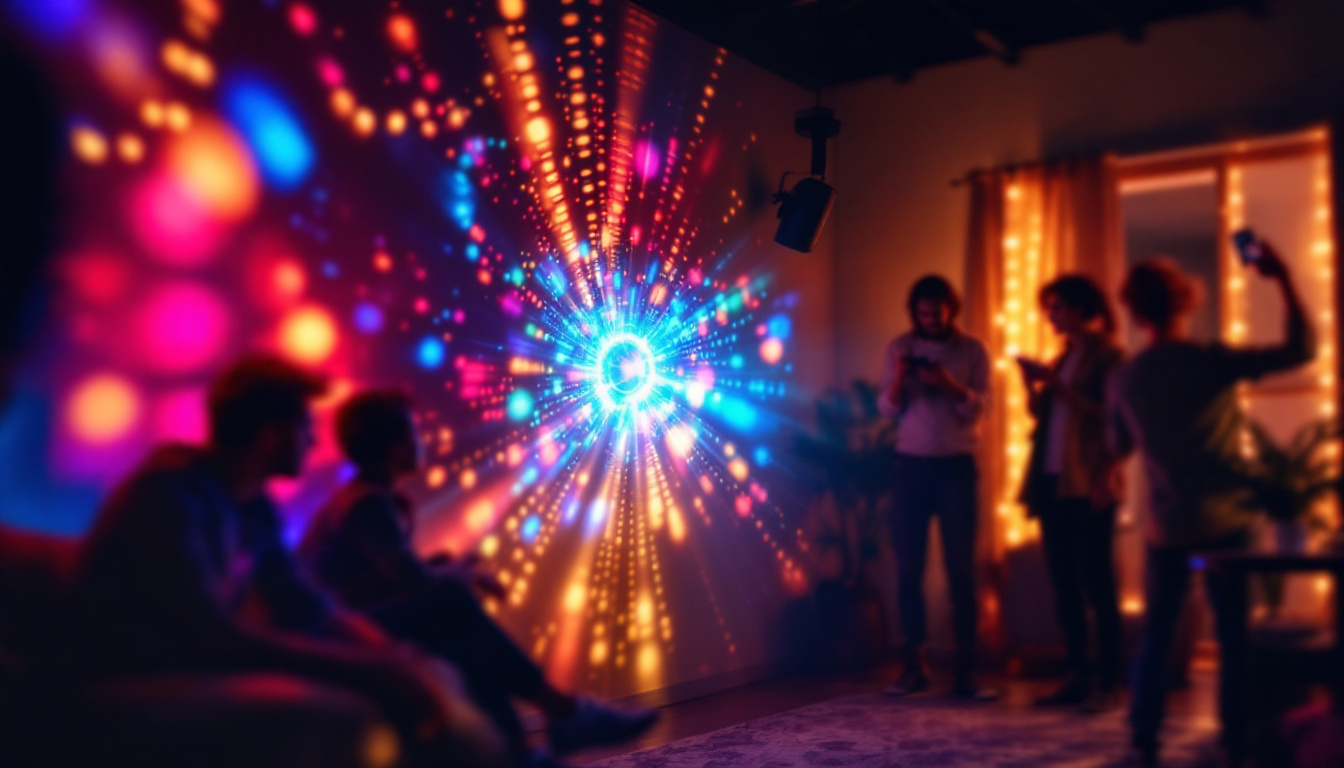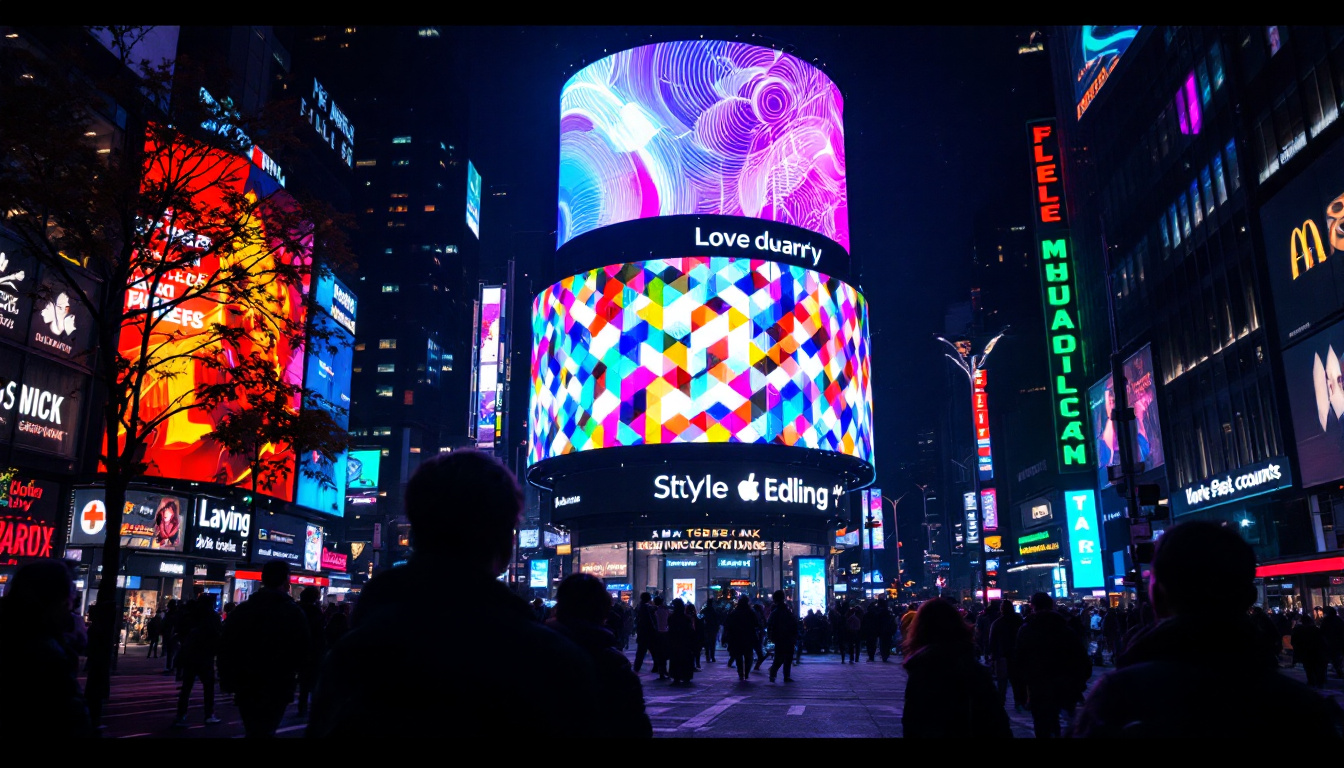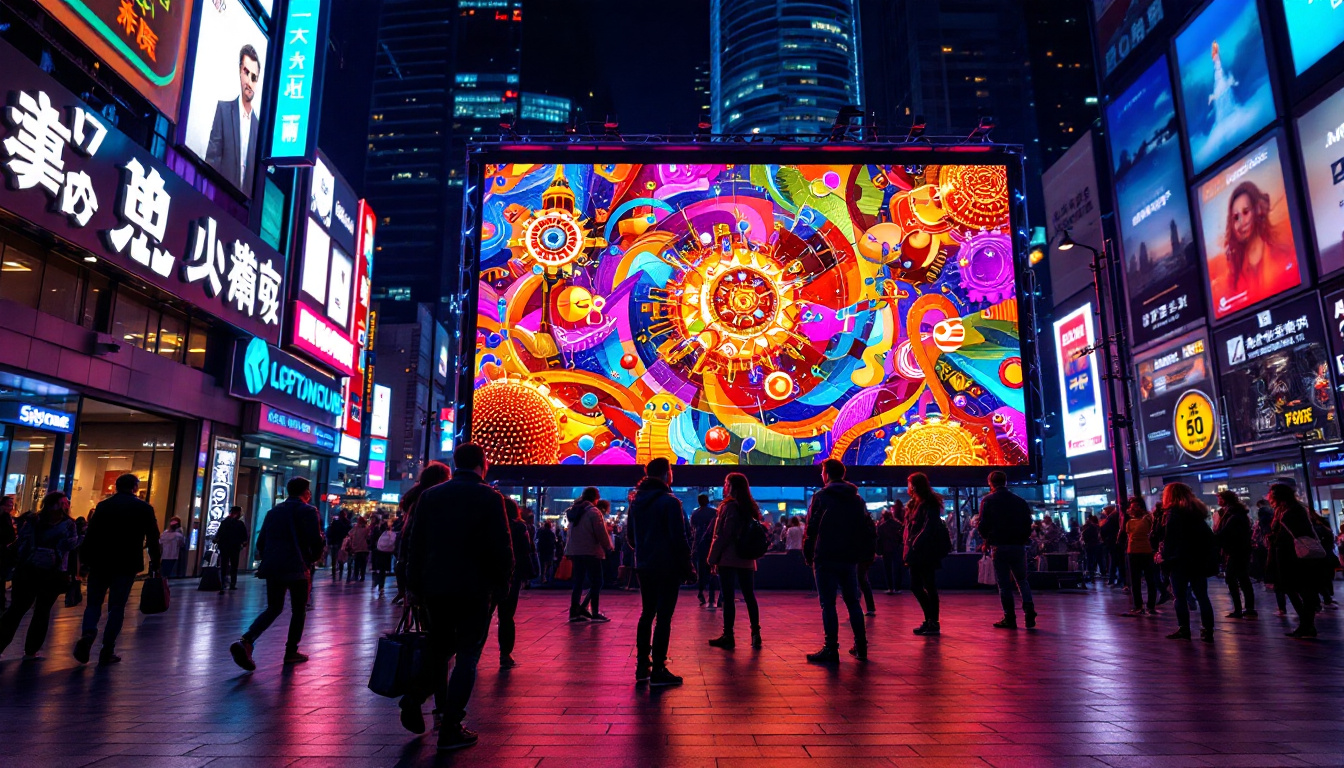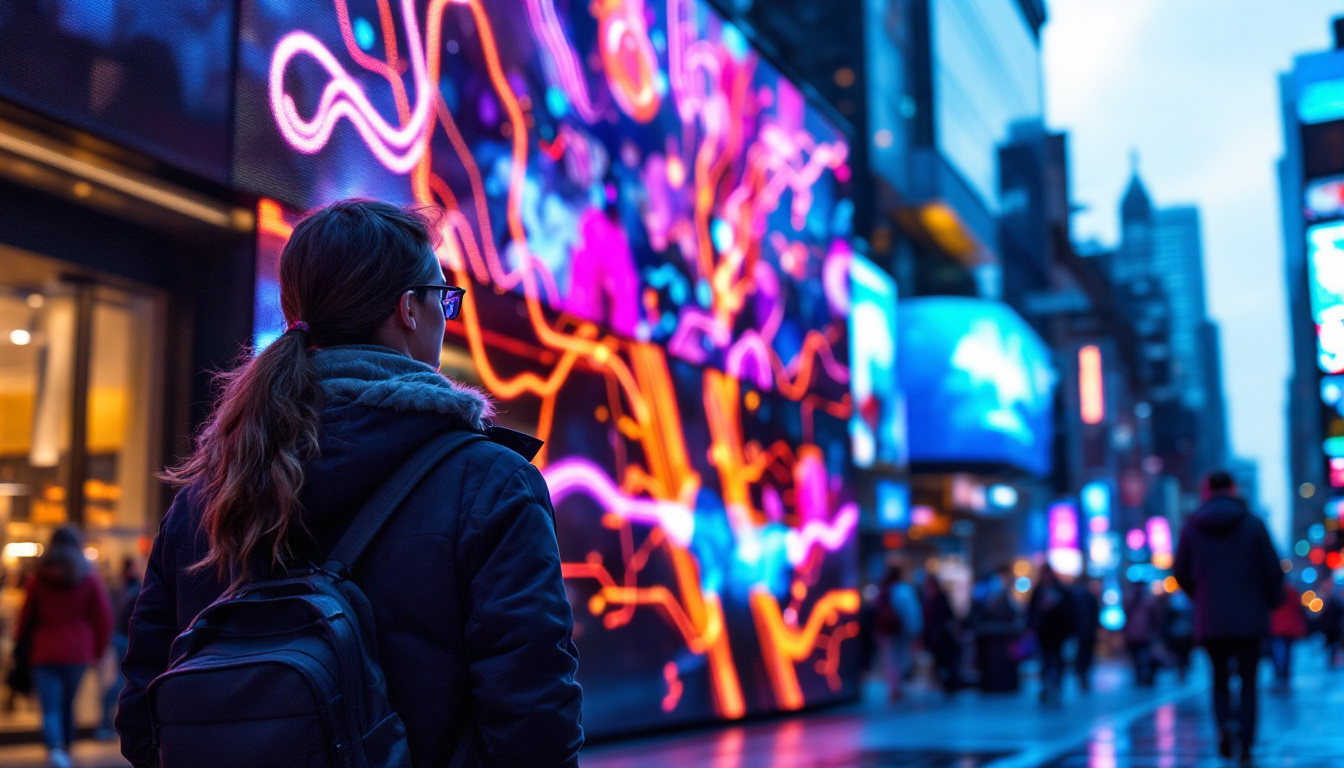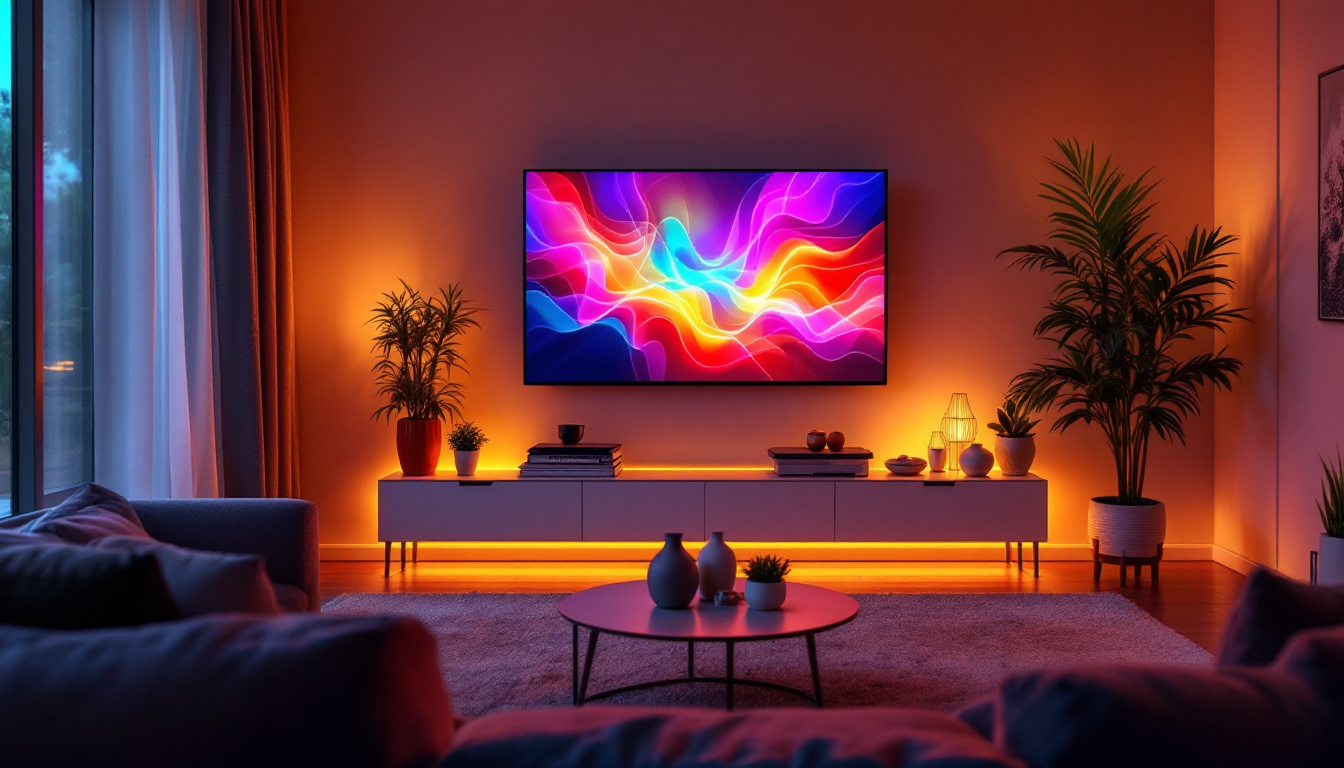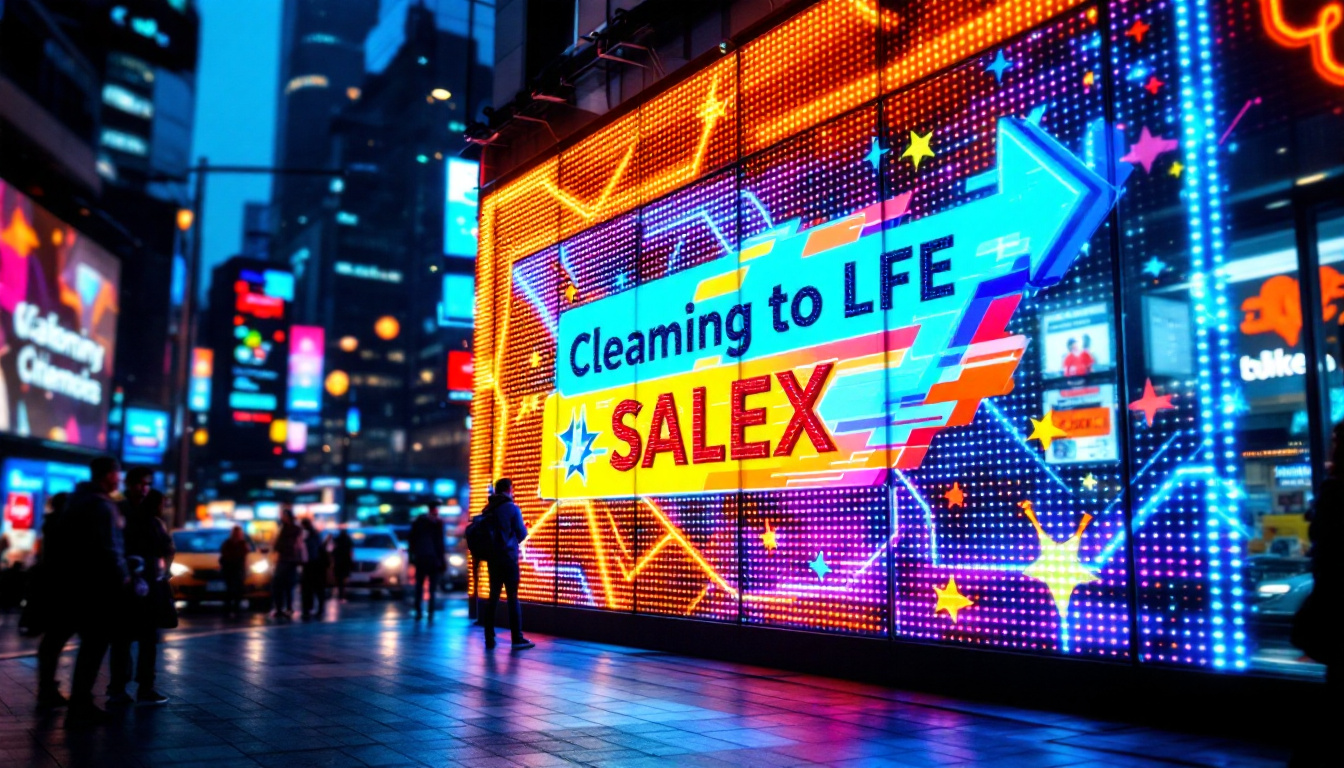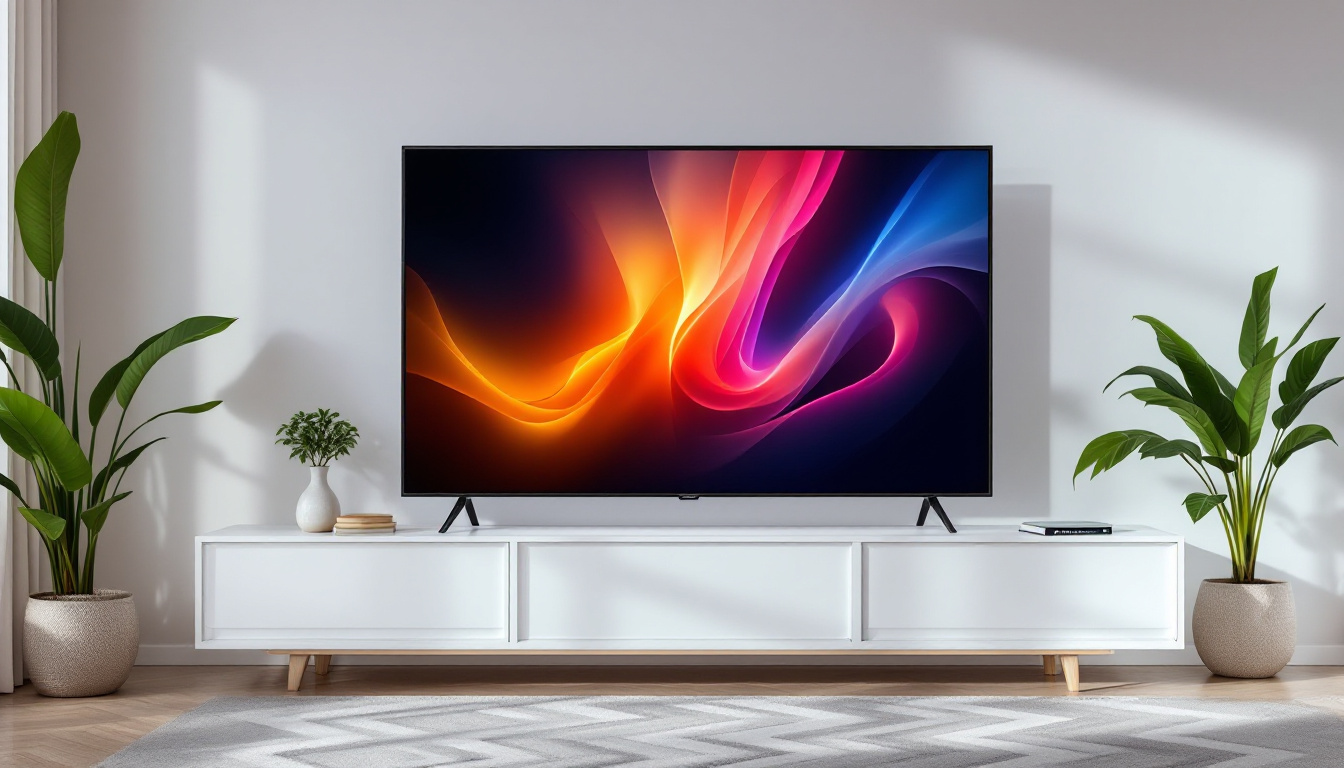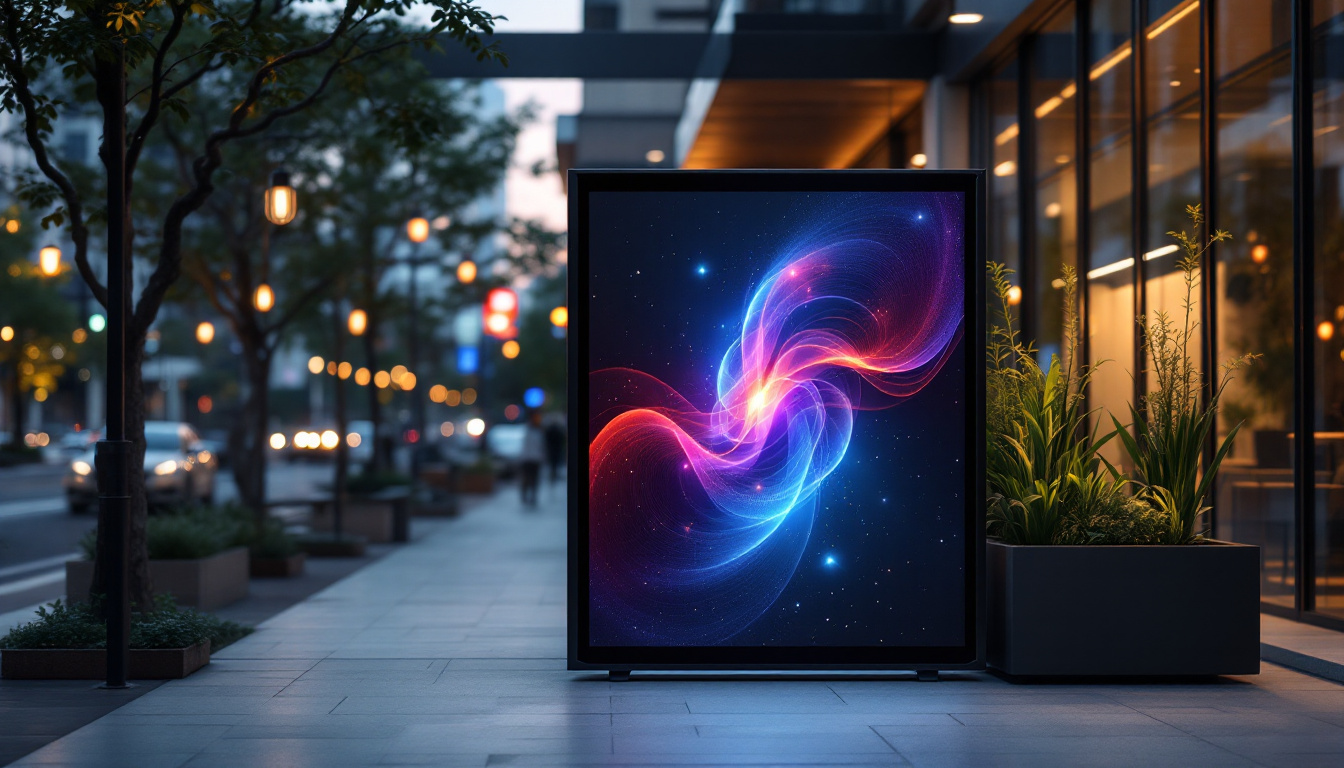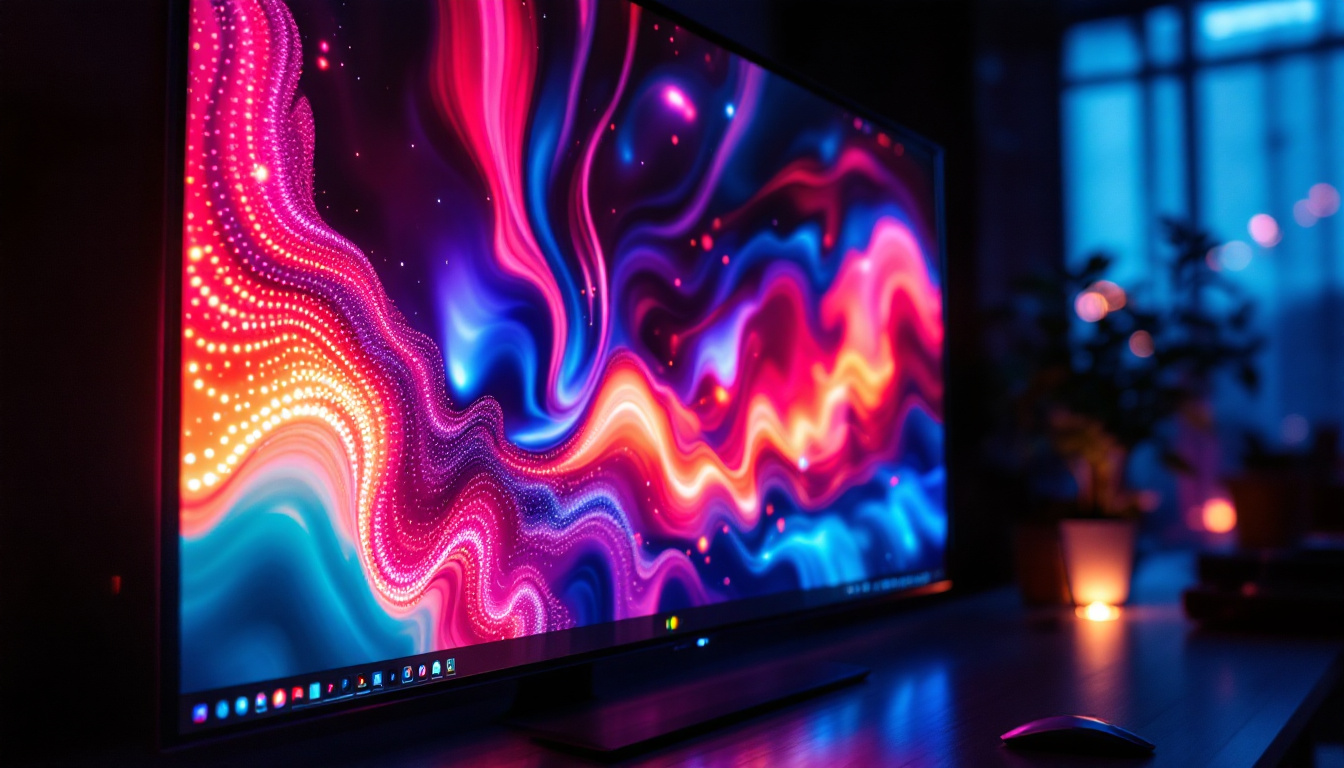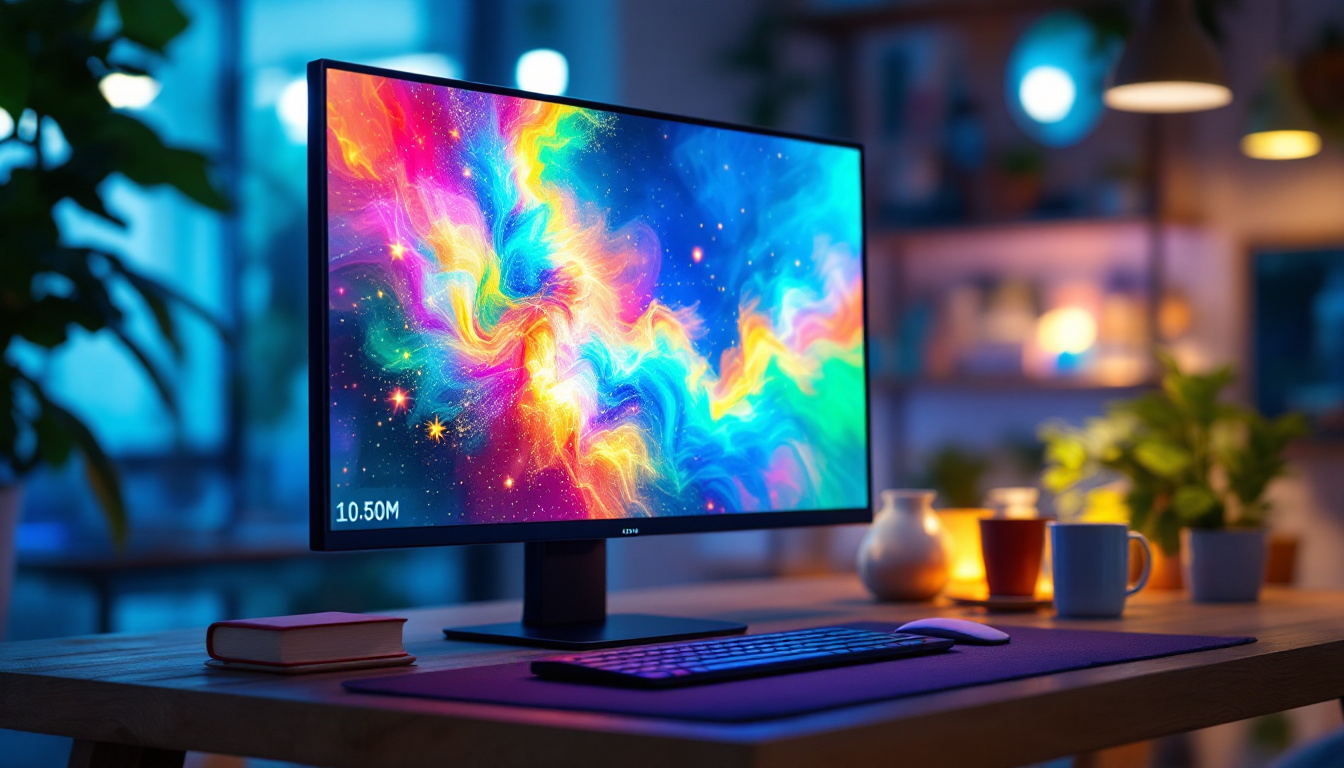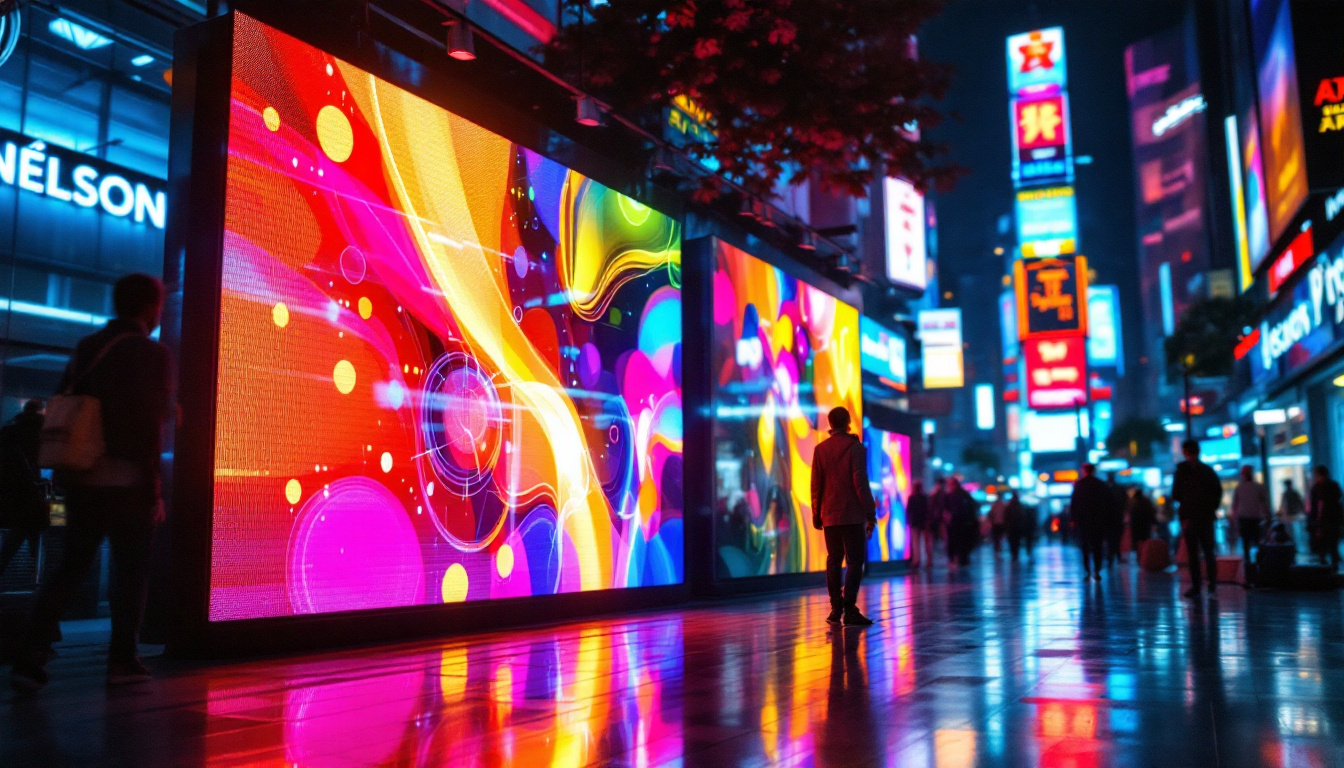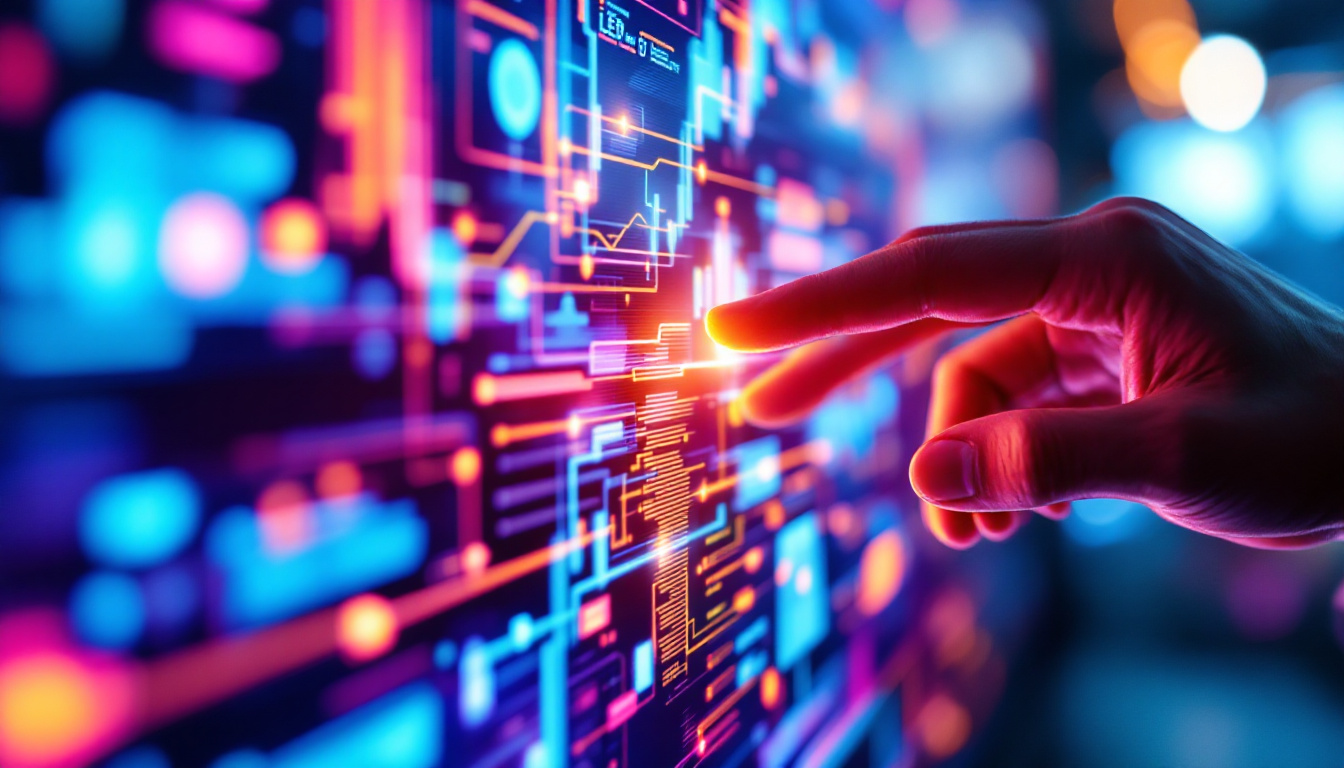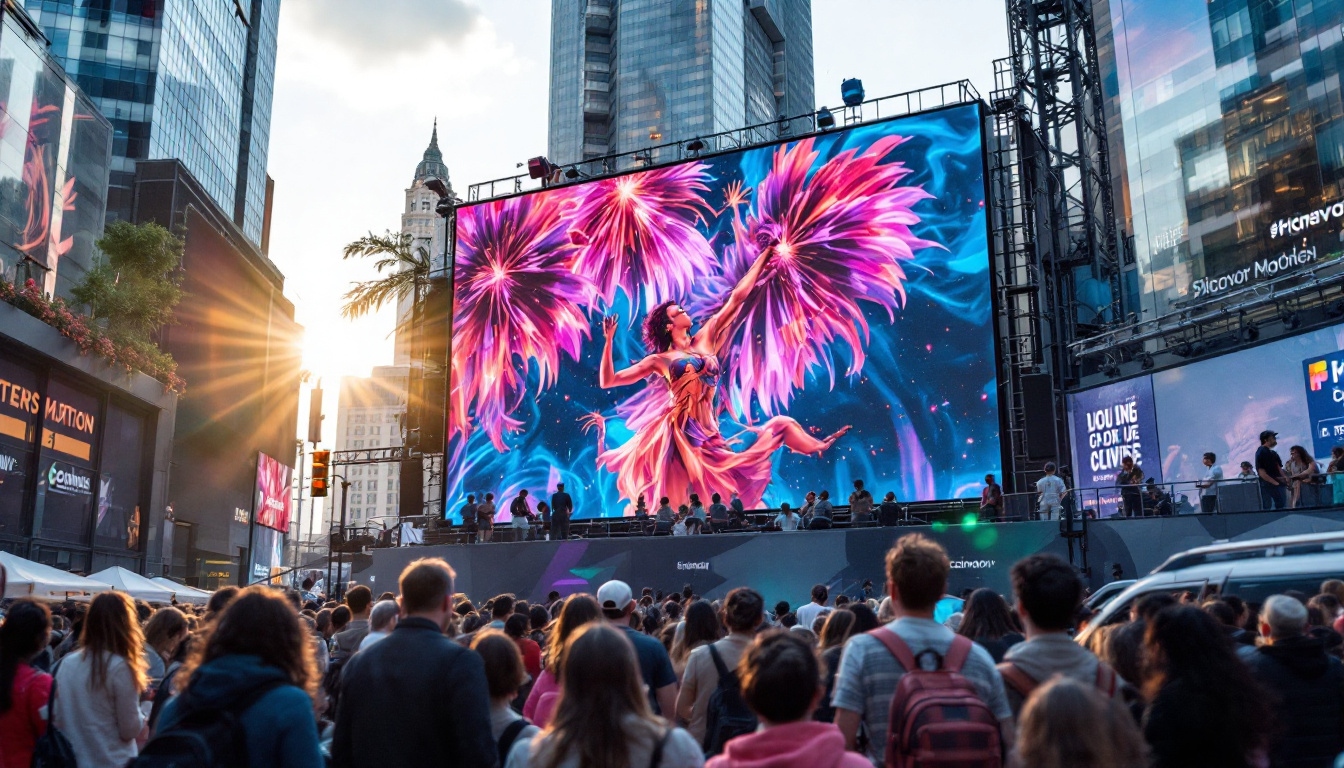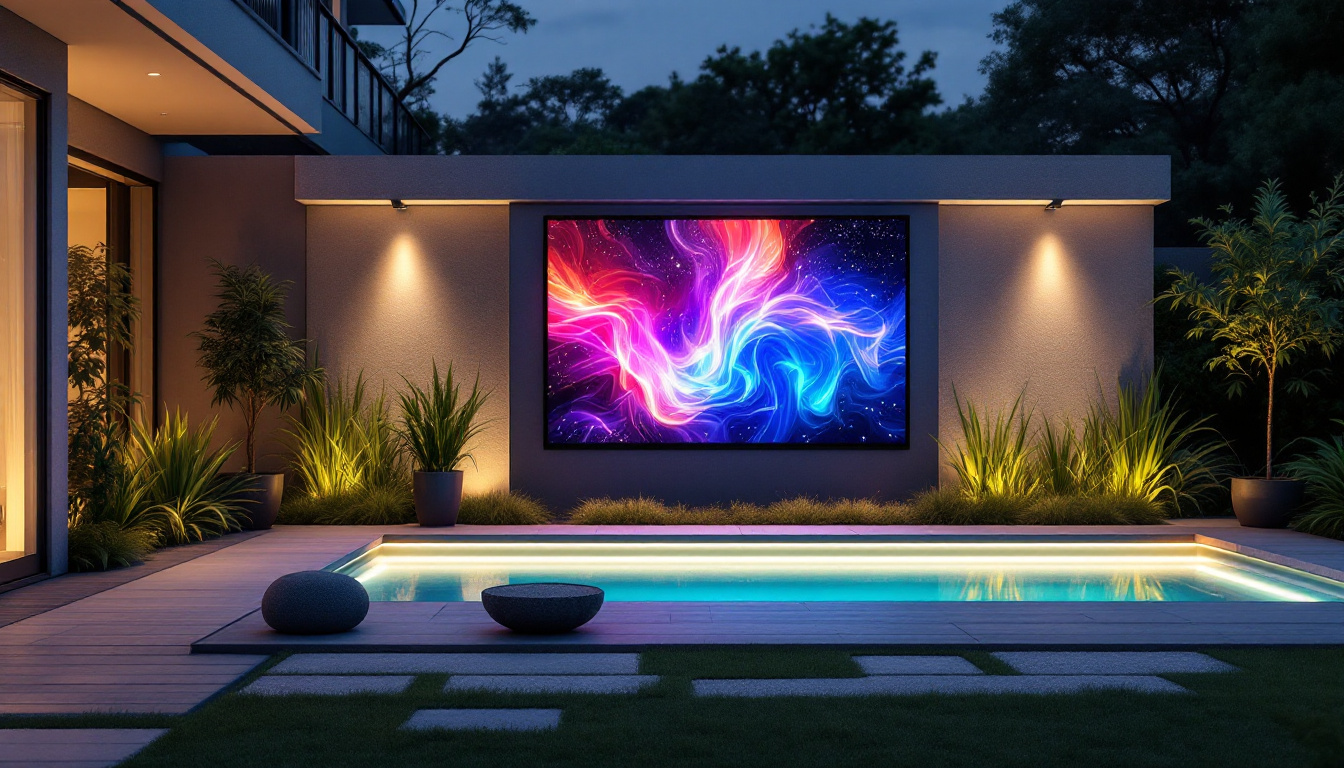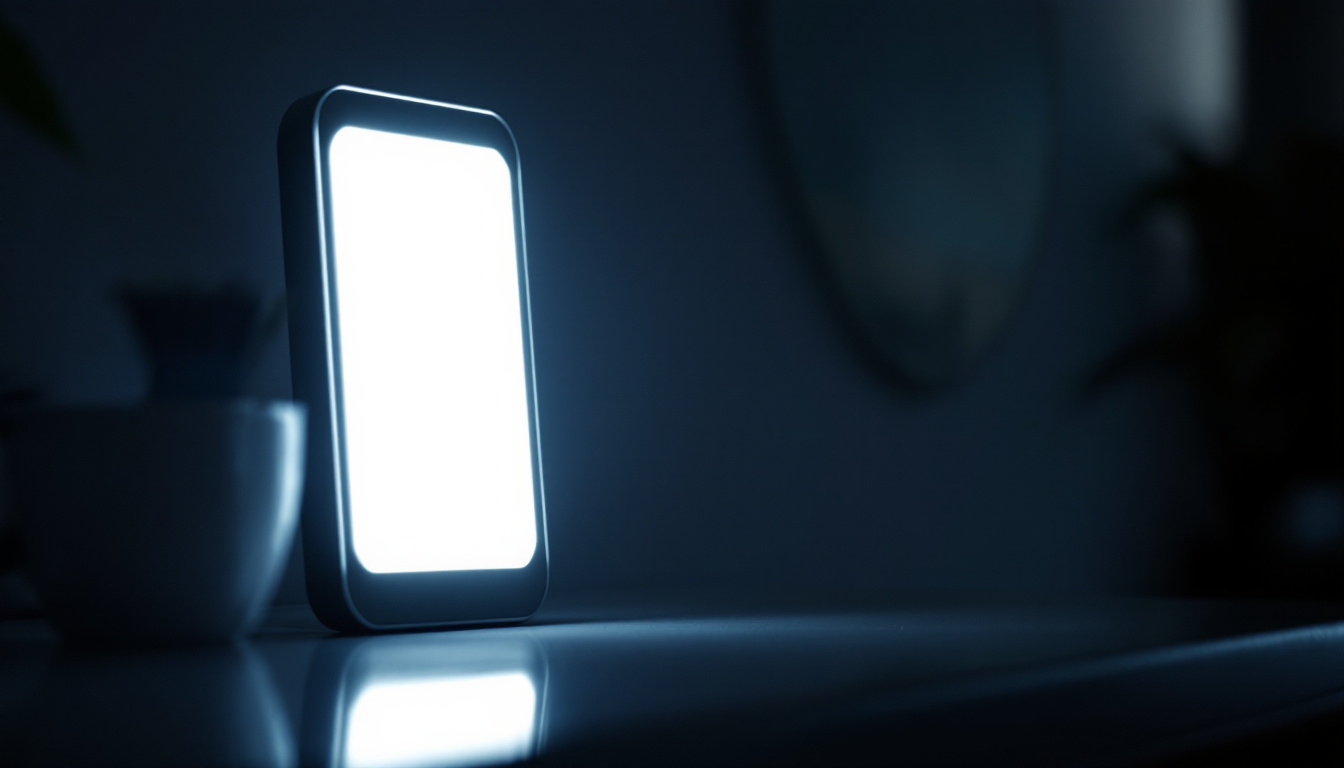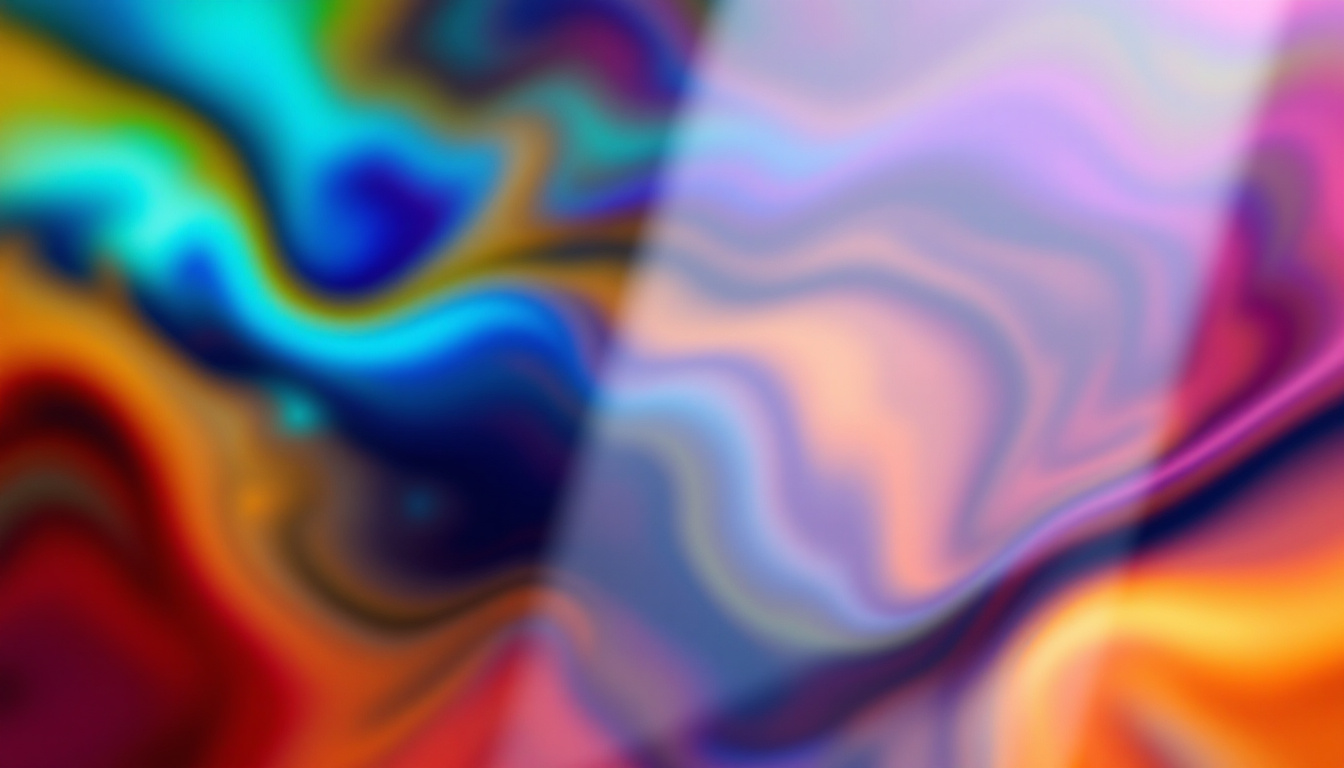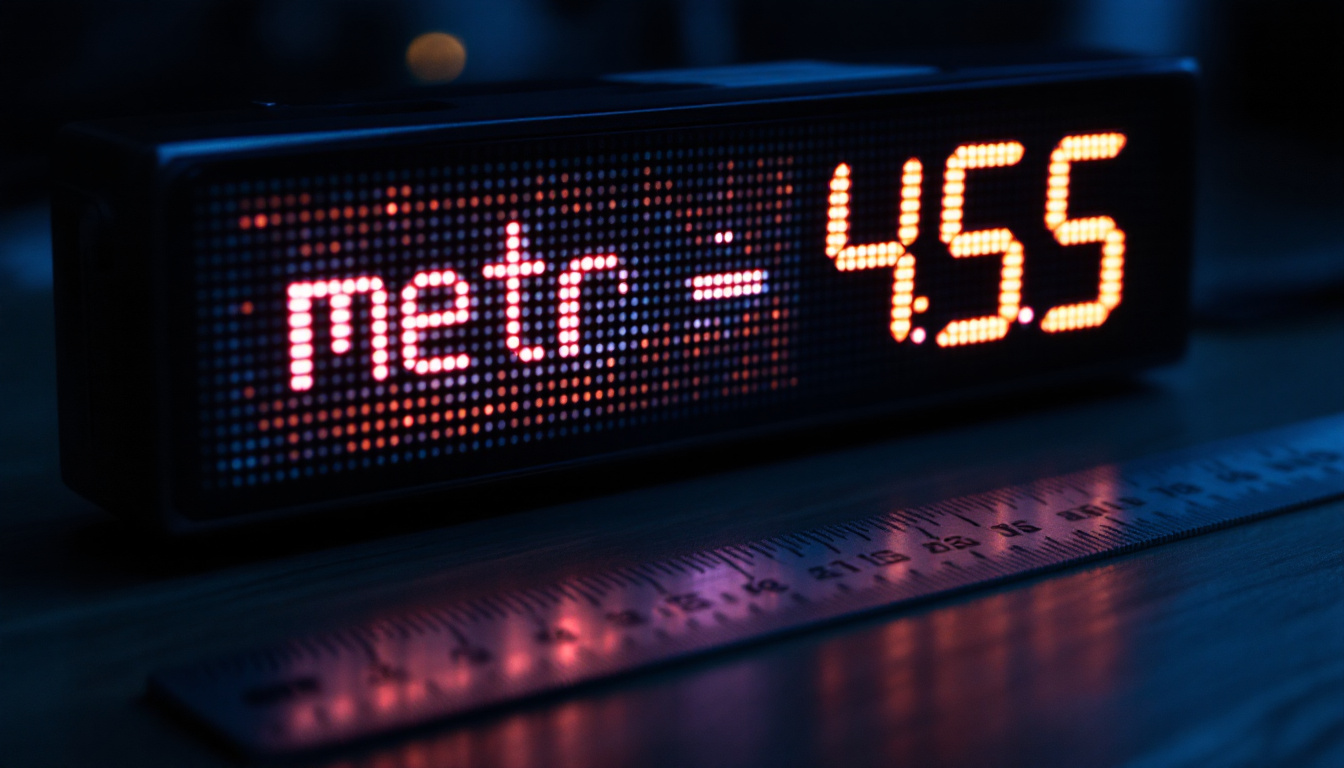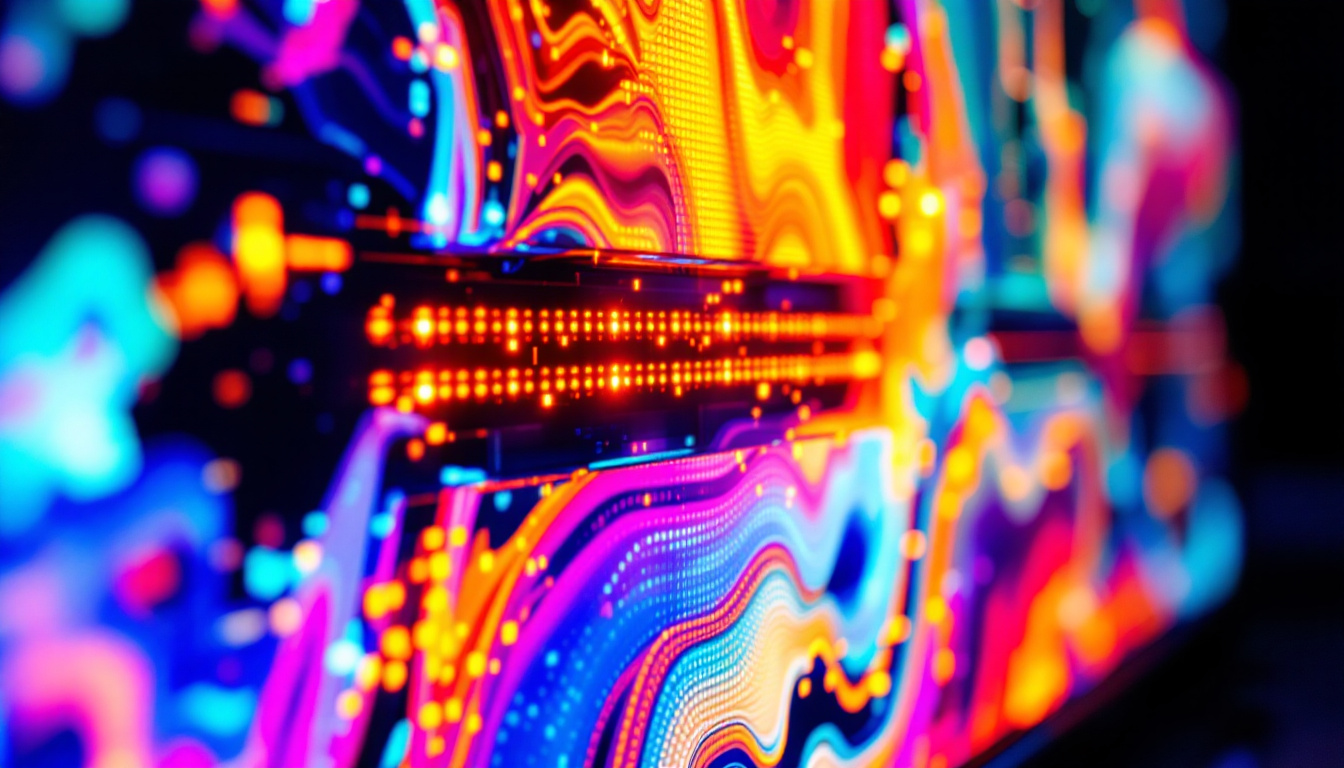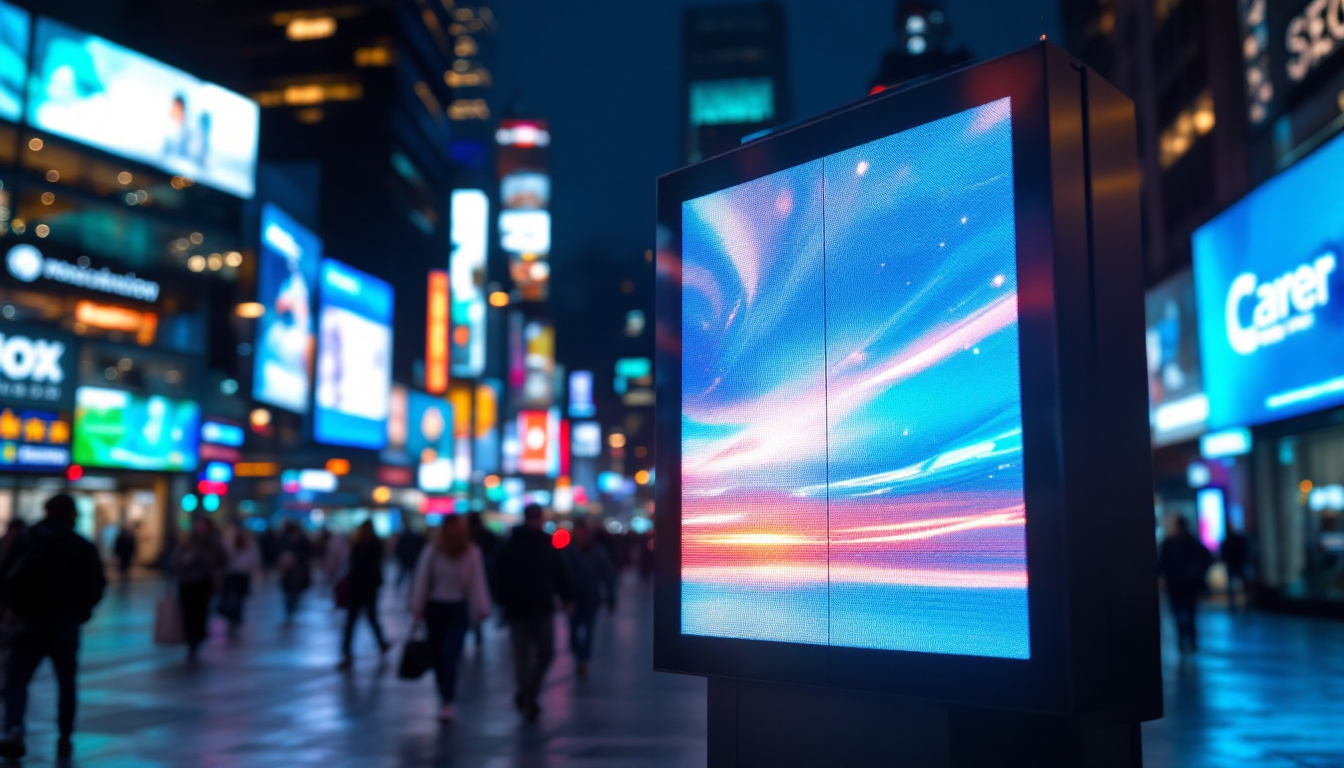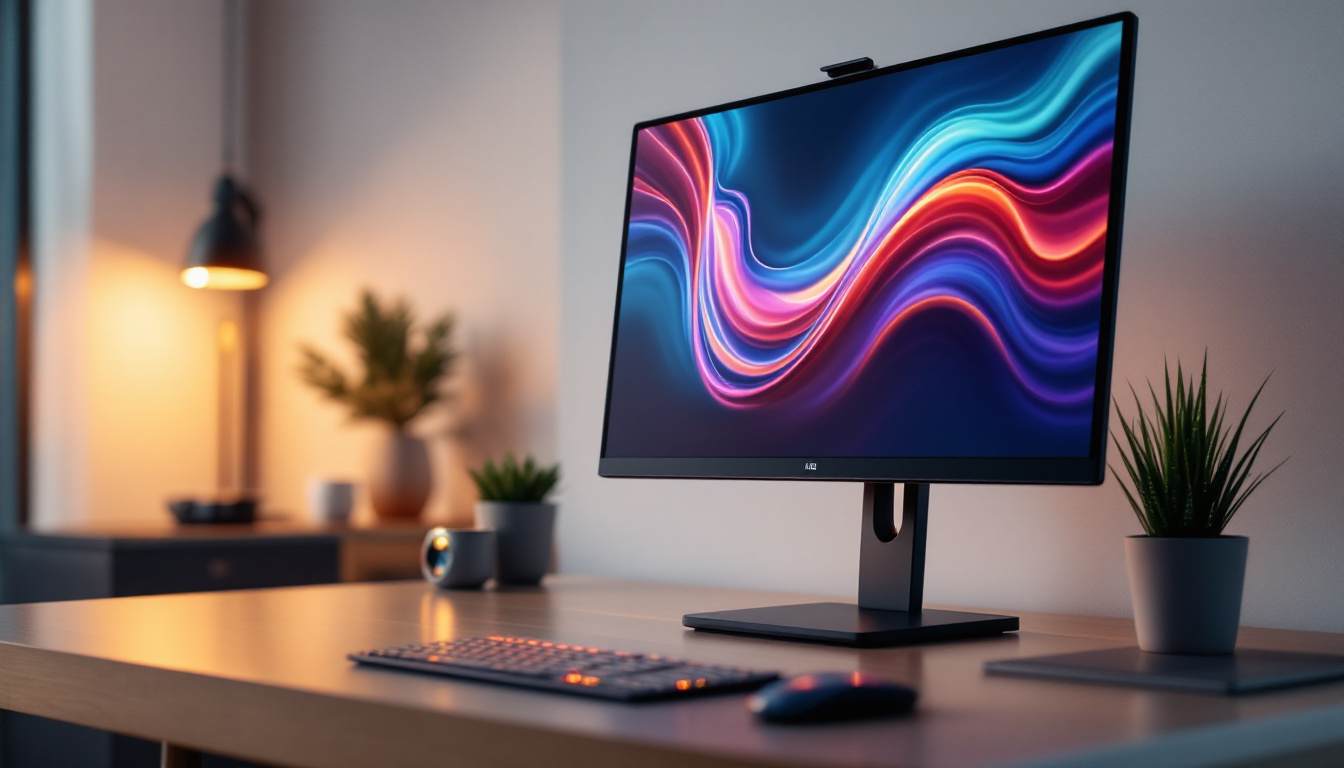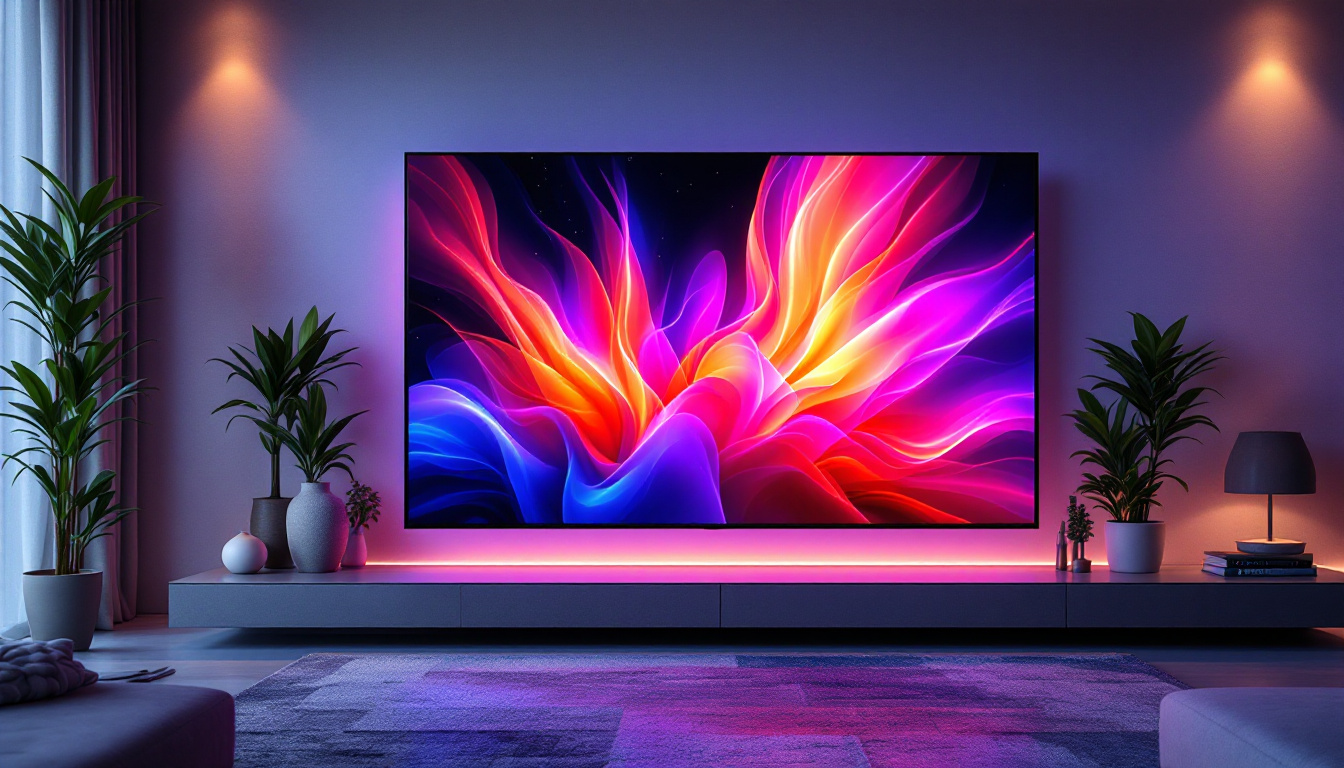In today’s fast-paced digital world, the demand for effective communication tools has never been higher. One of the most innovative solutions that have emerged is the LED display wall board. These dynamic visual displays are revolutionizing how information is shared in various settings, from corporate environments to public spaces. This article delves into the intricacies of LED display wall boards, exploring their features, benefits, and applications.
Understanding LED Display Technology
LED displays are composed of numerous light-emitting diodes (LEDs) that create vibrant images and text. This technology has evolved significantly, leading to the development of high-resolution displays that can be used in diverse environments. Understanding the components and functionality of LED displays is essential for anyone considering their use.
Components of LED Displays
At the core of an LED display are the light-emitting diodes, which are grouped into pixels. Each pixel consists of red, green, and blue LEDs that combine to produce a wide spectrum of colors. The arrangement and density of these pixels determine the display’s resolution and clarity. The pixel pitch, which is the distance between the centers of two adjacent pixels, is a critical factor in determining the sharpness of the image; a smaller pixel pitch results in higher resolution and is ideal for applications requiring detailed visuals.
In addition to the LEDs, an LED display includes a control system that manages the content displayed. This system can be integrated with software that allows users to upload images, videos, and real-time data. The quality of the control system plays a significant role in the overall performance of the display. Advanced control systems can provide features such as remote management, scheduling of content, and even interactive capabilities, allowing for a more engaging viewer experience. Furthermore, many modern LED displays support various input sources, enabling seamless integration with computers, cameras, and other multimedia devices.
Types of LED Displays
LED displays come in various types, each designed for specific applications. Common types include:
- Indoor LED Displays: These are typically used in venues such as shopping malls, conference rooms, and theaters. They offer high resolution and brightness, making them suitable for close viewing. Indoor displays often feature advanced color calibration technologies to ensure that the colors remain consistent and vibrant under different lighting conditions.
- Outdoor LED Displays: Designed to withstand harsh weather conditions, these displays are used for billboards, stadiums, and other outdoor advertising. They are built to be highly visible in direct sunlight, often incorporating features such as anti-glare coatings and enhanced brightness levels to ensure that the content is easily readable from a distance. Additionally, outdoor displays are typically equipped with robust housing to protect the electronics from moisture and temperature fluctuations.
- Transparent LED Displays: A newer innovation, these displays allow for visibility through the screen while still providing vibrant images. They are ideal for retail environments where maintaining an open feel is essential. Transparent LED technology not only enhances the aesthetic appeal of storefronts but also allows businesses to display promotional content without obstructing the view of products behind the screen, creating a unique shopping experience.
Benefits of LED Display Wall Boards
The adoption of LED display wall boards offers numerous advantages. These benefits make them an attractive option for businesses and organizations looking to enhance their communication strategies.
High Visibility and Brightness
One of the standout features of LED displays is their exceptional brightness. Unlike traditional displays, LED technology ensures that content remains visible even in brightly lit environments. This is particularly beneficial for outdoor applications, where sunlight can wash out images on standard screens. Furthermore, the ability to adjust brightness levels dynamically allows for optimal viewing experiences at any time of day, ensuring that messages are not only seen but also clearly understood by audiences, whether they are passing by in a busy urban setting or attending an outdoor event.
Energy Efficiency
LED displays are known for their energy efficiency compared to other display technologies. They consume less power while providing superior brightness and color quality. This energy efficiency translates to lower operational costs, making LED displays a cost-effective solution for long-term use. In addition, many modern LED displays come equipped with smart technology that can automatically adjust energy consumption based on ambient light conditions, further enhancing their eco-friendly profile. This not only benefits the environment but also aligns with the growing trend of sustainability in business practices, allowing organizations to promote their commitment to green initiatives.
Durability and Longevity
LED displays are built to last. They are resistant to shock, vibration, and temperature fluctuations, making them suitable for various environments. Additionally, the lifespan of an LED display can exceed 100,000 hours, significantly reducing the need for frequent replacements. This durability is particularly advantageous for businesses that require continuous operation, such as retail stores and public transportation systems. Moreover, many LED displays are designed with modular components, allowing for easy repairs and upgrades without the need to replace the entire unit. This feature not only minimizes downtime but also provides a flexible solution that can adapt to evolving technological advancements and changing business needs.
Applications of LED Display Wall Boards
LED display wall boards are versatile and can be utilized in a wide range of applications. Their adaptability makes them a preferred choice across different sectors.
Corporate Environments
In corporate settings, LED displays are used for presentations, digital signage, and information sharing. They can enhance the communication of key messages during meetings and conferences, providing a modern touch to traditional presentations.
Moreover, companies can use LED displays for branding purposes, showcasing their logos and promotional content in a visually appealing manner. This not only captures attention but also reinforces brand identity.
Retail and Advertising
Retailers have embraced LED display wall boards as powerful marketing tools. These displays can showcase products, promotions, and advertisements in real-time, attracting customers and driving sales. The dynamic nature of LED displays allows for quick content updates, ensuring that marketing efforts remain relevant and engaging.
In addition to traditional advertising, LED displays can be used for interactive experiences, enhancing customer engagement and creating memorable shopping experiences.
Public Spaces and Events
LED displays are increasingly common in public spaces such as airports, train stations, and stadiums. They provide essential information, including flight schedules, safety announcements, and event details. The high visibility of LED displays ensures that crucial information reaches a wide audience effectively.
During events, LED displays can serve as backdrops for stages, providing vibrant visuals that enhance the overall experience for attendees. Their ability to display live feeds, graphics, and animations adds an exciting element to any event.
Choosing the Right LED Display Wall Board
With various options available, selecting the right LED display wall board requires careful consideration. Factors such as environment, purpose, and budget play crucial roles in the decision-making process.
Resolution and Pixel Pitch
Resolution is a critical factor when choosing an LED display. Higher resolution displays provide clearer images and text, which is particularly important in environments where viewers will be close to the screen. Pixel pitch, the distance between pixels, directly affects resolution; a smaller pixel pitch results in a higher resolution display.
Size and Configuration
The size of the LED display should align with the intended use and viewing distance. For larger venues, a bigger display may be necessary to ensure visibility from all angles. Additionally, consider whether a modular configuration is required, allowing for flexibility in installation and design.
Budget Considerations
Budget is often a deciding factor when investing in LED display technology. While high-quality displays may come with a higher upfront cost, their durability and energy efficiency can lead to long-term savings. It’s essential to weigh the initial investment against potential operational costs and benefits.
Installation and Maintenance of LED Displays
Proper installation and maintenance are vital to ensuring the longevity and performance of LED display wall boards. Understanding the installation process and ongoing maintenance requirements can help maximize the investment.
Installation Process
Installing an LED display involves several steps, including site assessment, structural support evaluation, and electrical setup. It is crucial to work with experienced professionals who can ensure that the installation meets safety standards and performs optimally.
Additionally, the placement of the display should be carefully considered to maximize visibility and engagement. Factors such as viewing angles, lighting conditions, and surrounding elements can impact the effectiveness of the display.
Maintenance Requirements
Regular maintenance is essential to keep LED displays functioning at their best. This includes routine cleaning to remove dust and debris, as well as software updates to ensure compatibility with new content formats. Monitoring the display for any signs of malfunction or reduced performance is also crucial.
Engaging with a professional maintenance service can provide peace of mind, ensuring that any issues are addressed promptly and effectively.
The Future of LED Display Technology
The future of LED display technology looks promising, with continuous advancements driving innovation. Emerging trends and technologies are set to redefine how LED displays are used across various sectors.
Integration with Smart Technology
As smart technology becomes increasingly prevalent, LED displays are expected to integrate more seamlessly with other digital systems. This could include real-time data feeds, interactive content, and enhanced user experiences. The ability to connect with mobile devices and IoT systems will further expand the capabilities of LED displays.
Enhanced Visual Experiences
Future developments in LED technology may lead to even higher resolutions and improved color accuracy. Innovations such as microLED and OLED technologies are already making waves, promising more vibrant displays with greater flexibility in design and application.
Sustainability Initiatives
With a growing emphasis on sustainability, manufacturers are likely to focus on creating more environmentally friendly LED displays. This includes using recyclable materials, reducing energy consumption, and implementing sustainable production practices.
Conclusion
LED display wall boards have emerged as a powerful communication tool in various sectors. Their high visibility, energy efficiency, and versatility make them an ideal choice for businesses and organizations looking to enhance their communication strategies. As technology continues to evolve, the future of LED displays promises even greater innovations and applications.
Investing in LED display technology can provide significant benefits, but careful consideration is essential when selecting the right display for specific needs. With proper installation and maintenance, LED displays can serve as a long-lasting and impactful solution for conveying information and engaging audiences.
Discover LumenMatrix’s Innovative LED Displays
Ready to elevate your communication strategy with cutting-edge LED technology? Look no further than LumenMatrix, a pioneer in crafting visually stunning and technologically advanced LED display solutions. From indoor and outdoor environments to specialized applications like vehicle displays, sports arenas, and custom configurations, LumenMatrix offers a diverse range of products designed to capture attention and create immersive experiences. Embrace the future of visual engagement with LumenMatrix’s LED displays and transform how you share your message. Check out LumenMatrix LED Display Solutions today and see the difference innovation can make.

